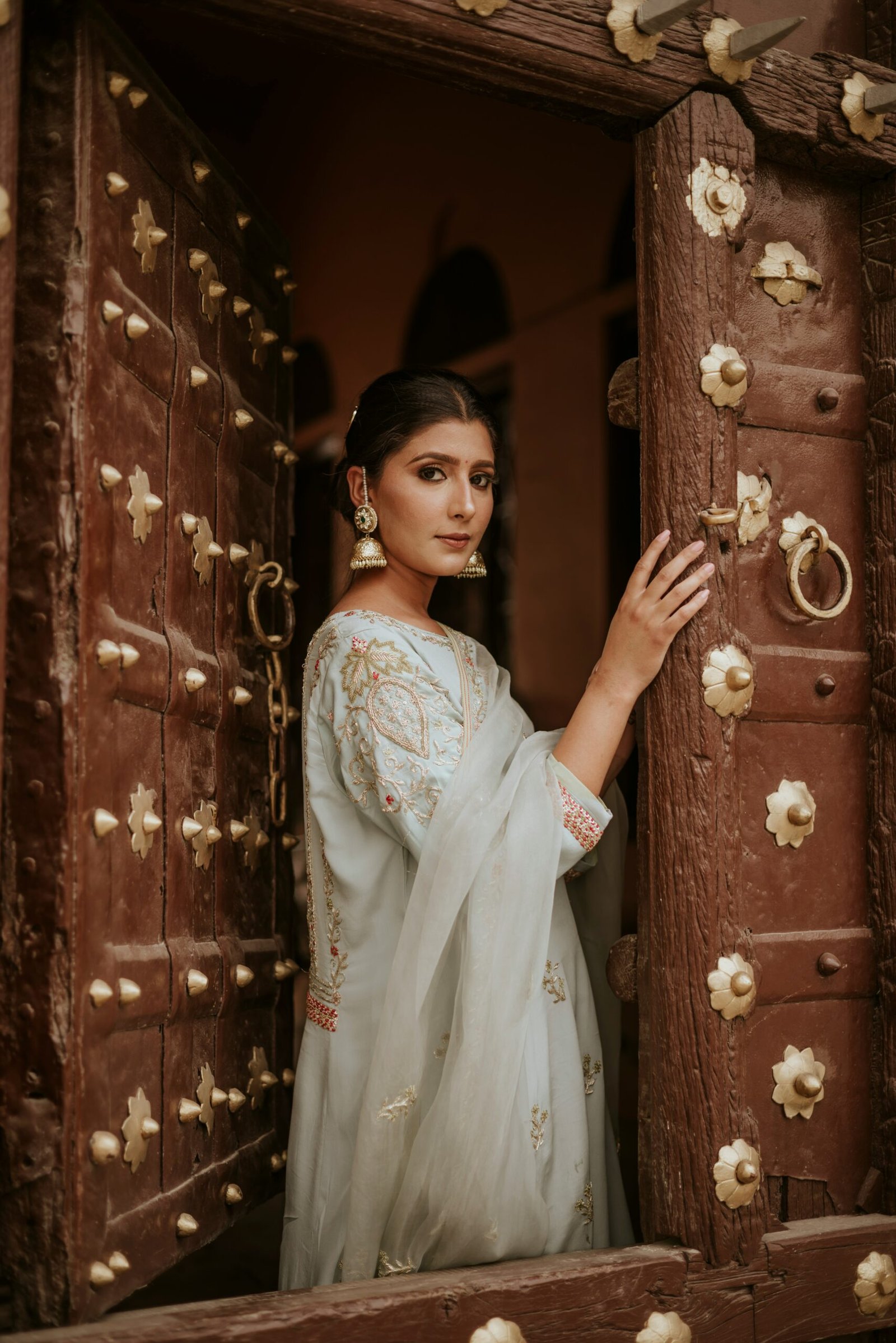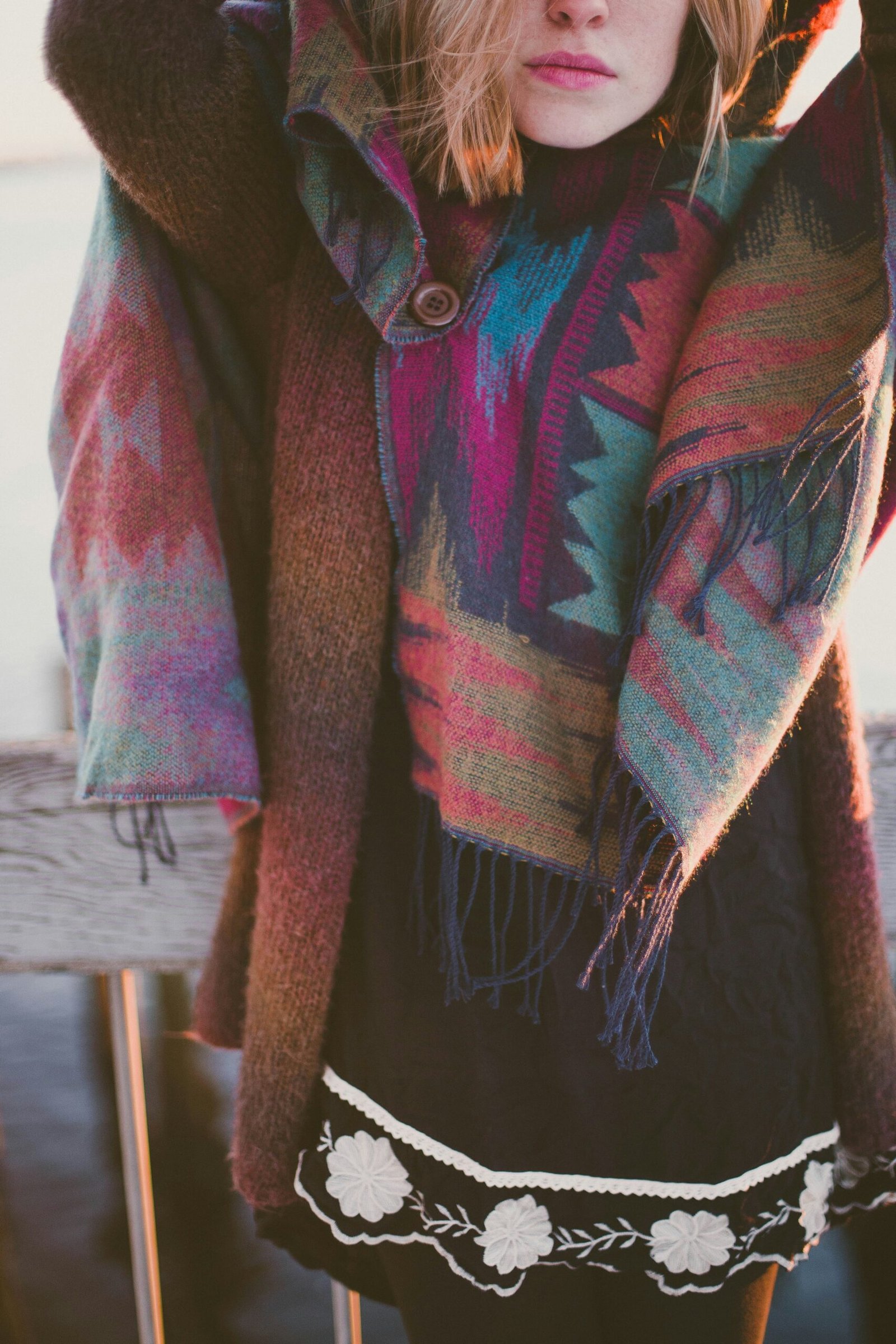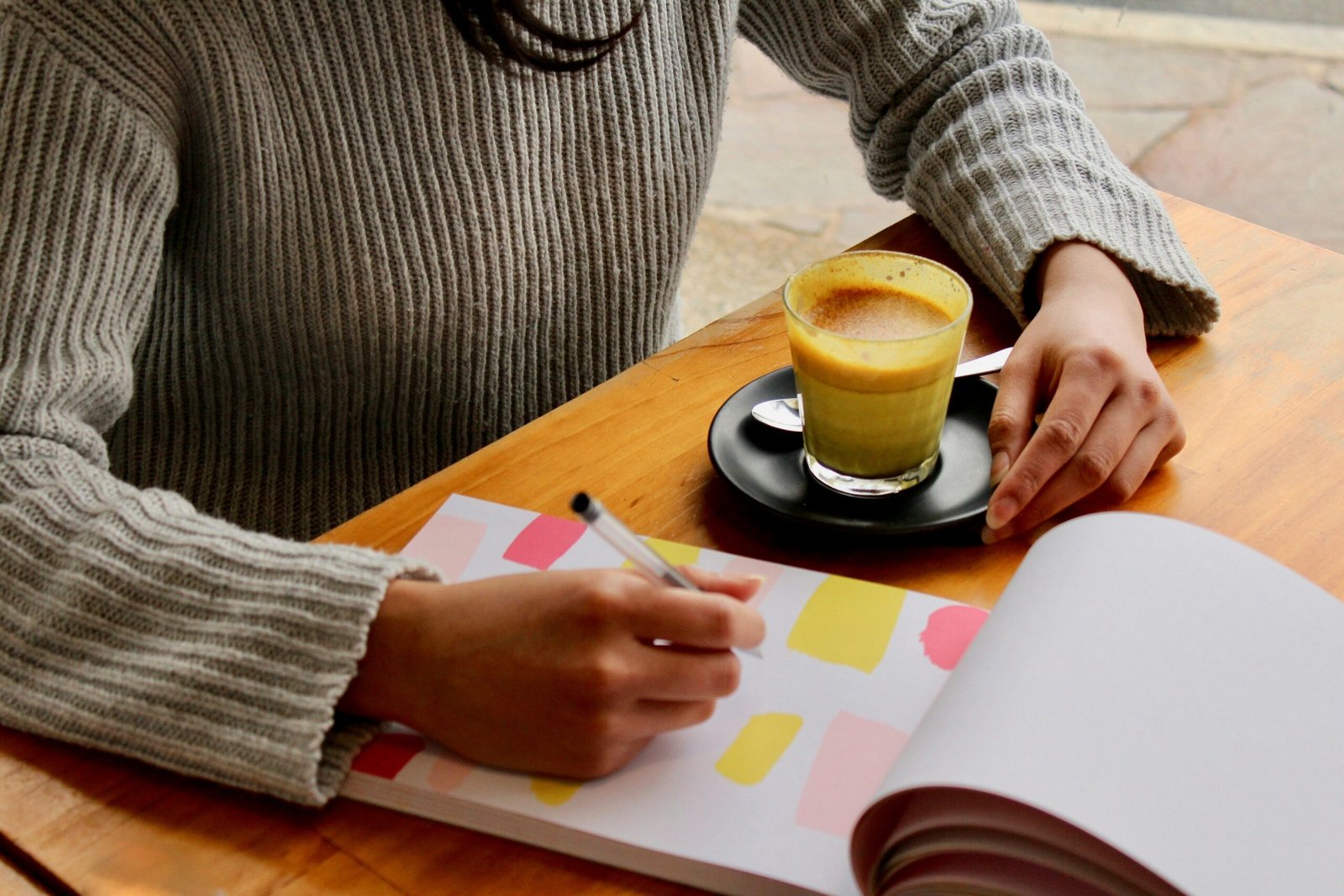When it comes to traditional Indian attire, the dupatta holds a special place in a woman’s wardrobe. This versatile piece of fabric can add elegance and grace to any outfit, be it a saree, salwar kameez, or lehenga. Not only does it serve as a modest cover, but it also allows you to experiment with various draping styles to enhance your overall look. In this article, we will guide you on how to drape a dupatta with different styles, how to choose the correct dupatta for your body shape, and tips for matching it with your outfit.
Different Draping Styles
1. Classic Over-the-Shoulder Style:
This is the most common and traditional way of draping a dupatta. Simply drape it over one shoulder and let it fall gracefully across your body. You can secure it with a pin or let it hang loose for a more casual look.
2. One Side Shoulder Drape:
If you want to add a modern twist to your outfit, try draping the dupatta over one shoulder and letting it fall diagonally across your body. This style works well with both sarees and salwar kameez.
3. Front Pleated Style:
For a more structured and formal look, pleat the dupatta and drape it across your chest, securing it with pins. This style is perfect for special occasions or when you want to add a touch of sophistication to your outfit.
4. Waist Belt Style:
If you want to accentuate your waistline, drape the dupatta around your waist and secure it with a belt. This style works well with lehengas and can give you a more feminine and stylish look.
Choosing the Correct Dupatta for Your Body Shape
When it comes to choosing the right dupatta for your body shape, there are a few things to consider:
1. Petite Body Shape:
If you have a petite frame, opt for lighter fabrics like chiffon or georgette. Avoid heavy embellishments or bulky fabrics that can overwhelm your figure. Choose smaller prints or delicate embroidery to add a touch of elegance.
2. Hourglass Body Shape:
For those blessed with an hourglass figure, you can experiment with a variety of dupatta styles. Opt for fabrics like silk or organza that have a natural drape. You can also choose bold colors and larger prints to highlight your curves.
3. Pear-Shaped Body:
If you have a pear-shaped body, choose a dupatta that draws attention to your upper body. Opt for brighter colors and intricate embroidery near the neckline. You can also experiment with different draping styles to balance out your proportions.
4. Apple-Shaped Body:
If you have an apple-shaped body, choose a dupatta that adds volume to your lower body. Opt for fabrics with more texture and prints that create an illusion of curves. You can also drape the dupatta diagonally across your body to create a slimming effect.
Matching Your Dupatta with Your Outfit
When it comes to matching your dupatta with your outfit, there are a few things to keep in mind:
1. Color Coordination:
Choose a dupatta that complements the colors of your outfit. You can either go for a contrasting color to make a statement or opt for a dupatta that matches one of the colors in your outfit for a more cohesive look.
2. Embellishments and Prints:
If your outfit has heavy embellishments or prints, opt for a simpler dupatta to avoid overpowering the overall look. On the other hand, if your outfit is relatively plain, you can choose a dupatta with intricate embroidery or bold prints to add a pop of color and texture.
3. Fabric Choice:
Consider the fabric of your outfit when choosing a dupatta. If your outfit is made of a heavy fabric like silk or velvet, opt for a lighter dupatta to balance the overall weight. Similarly, if your outfit is made of a light fabric like chiffon or georgette, choose a dupatta that has a similar drape.
Remember, experimenting with different styles and combinations is key to finding the perfect look for you. Don’t be afraid to try new draping styles or mix and match different dupattas with your outfits. With a little practice and creativity, you can create stunning looks that reflect your personal style and enhance your overall appearance.




